2017 KCSE Electricity Paper 1 Past Paper
Section A (48 marks)
Answer all the questions in this section in the spaces provided.
1. (a) Name four methods of generating electricity used in Kenya.
(b) Define each of the following levels of trade qualifications.
(i) artisan
(ii) technician
2 (a) Outline four major items that must constitute a Business Plan. (2 marks)
(b) List four minimum steps followed to ensure electrical safety in an electrical workshop with respect to main supplies. (2 marks)
3 (a) State two ways in which electric shock can be prevented in a laboratory. (2 marks)
(b) A PN junction diode is connected to a 12 v dc supply through a series resistor of 500 f2 The current flowing is 20 mA.
(i) Determine the p.d. across the PN junction diode
(ii) Determine the power dissipated in the junction.
4 (a) Figure 1 shows an electric circuit. Find the current through @.
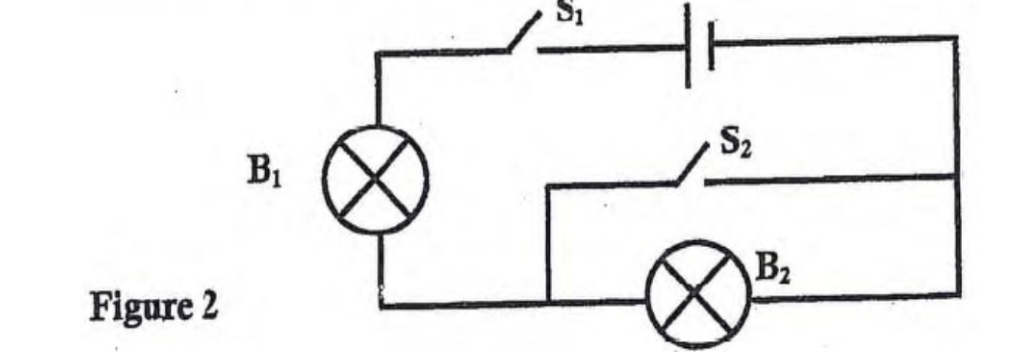
(b) Define the term ‘e-waste’. (1 mark)
5 (a) Name the logic gate shown in Figure 2. (1 mark)
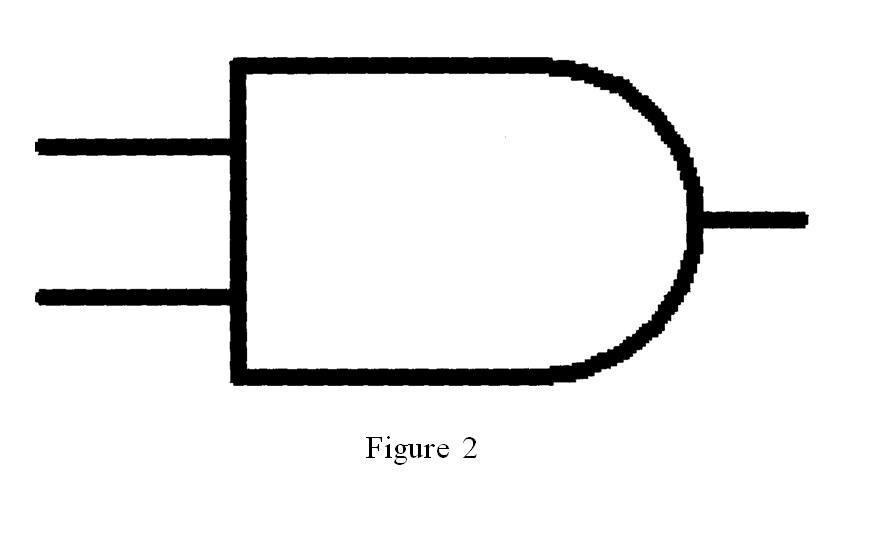
Name
(b) Complete the truth table of the OR gate shown in Table 1.

(c) Perform each of the following number conversions.
(i) 101010, to decimal
(ii) 23,a to Binary
(d) Sketch the following circuit symbols
(i) Light Emitting Diode (LED)
(ii) Incandescent lamp
6 (a) Name one application of each of the following electrical materials.
(i) Copper
(ii) Silicon
(b) An iron box sparks when connected to power and fails to function. Outline the procedure followed to trace the problem. (2 marks)
7 (a) Using a schematic diagram, show how a lamp can be controlled from two different positions. (2 marks)
(b) Determine the colour code of a carbon resistor whose value is 1500 + 5%. (2 marks)
8 Figure 3 shows a cross sectional construction of a moving iron instrument. Name the parts labelled A to F. (3 marks)
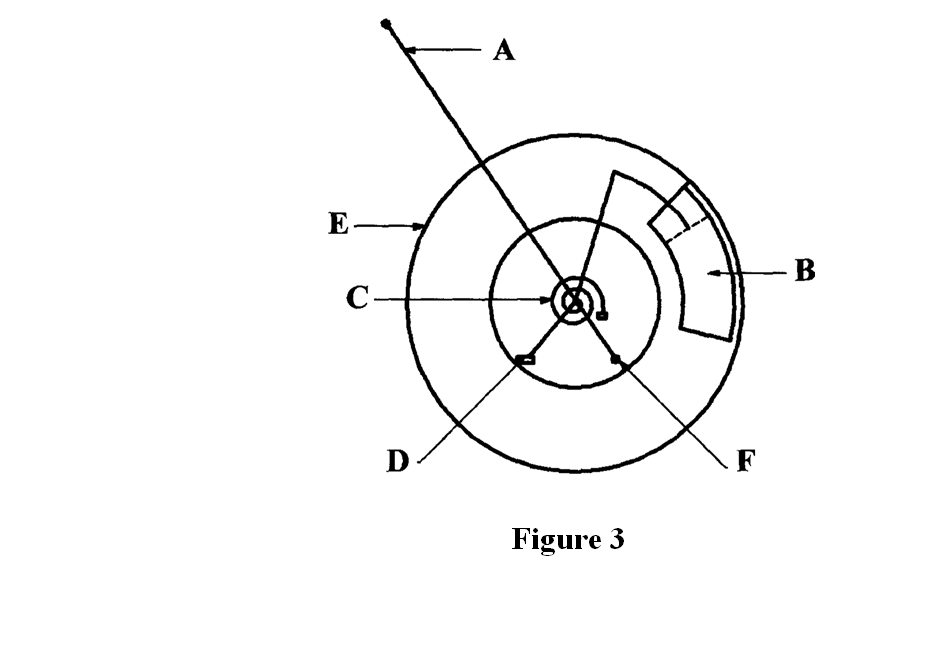
A
B
C
D
F
9 (a) List four applications for inductors. (2 marks)
(b) Define the term inductance as used in electric circuits. (1 mark)
(c) A single phase step down transformer has a ratio of 8:1, a primary voltage of 3.3 kV and load of 6.6 kVA. Ignoring losses, calculate; (6 marks)
(i) secondary voltage
(ii) secondary current
. 10 Figure 4 shows a current carrying conductor.
(a) Sketch the correct magnetic flux around the conductor.
(b) Indicate the direction of the current. (3 marks)
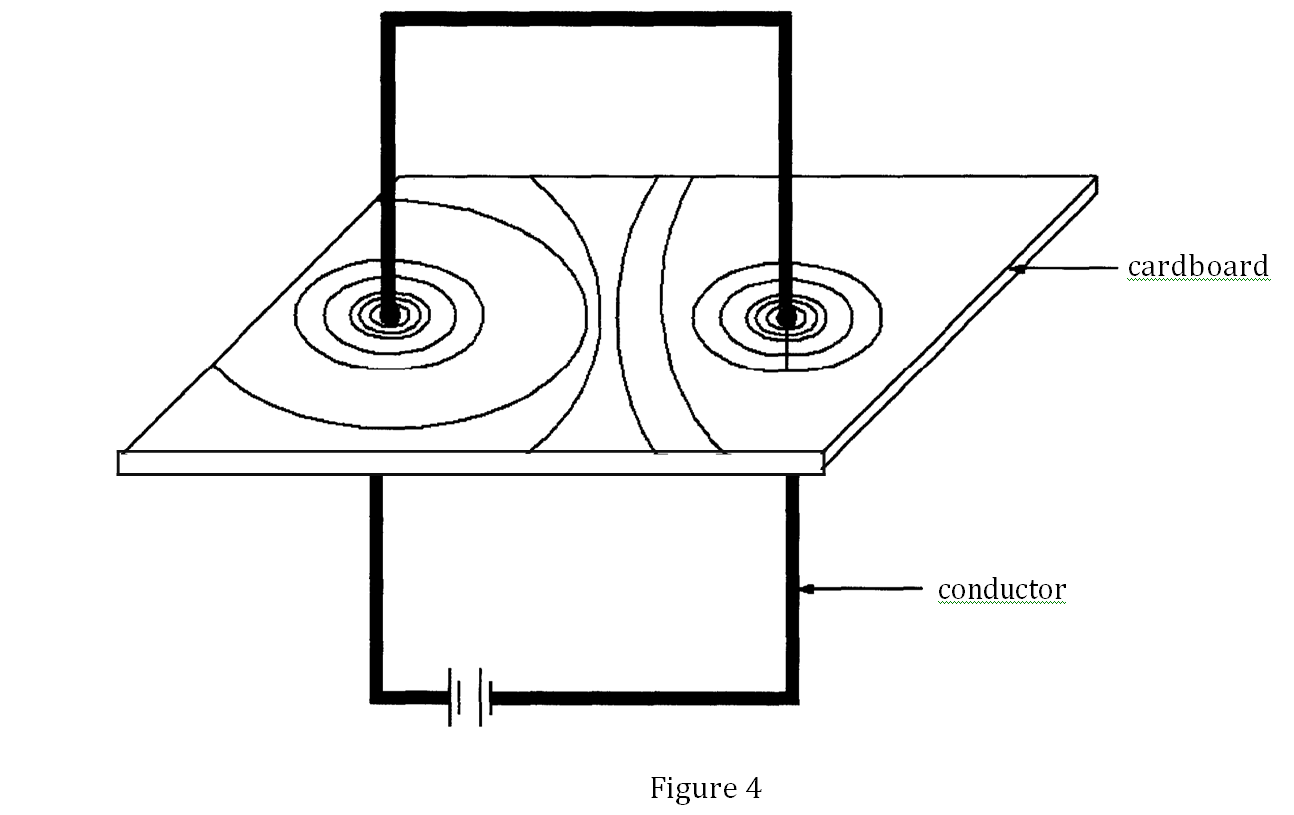
Section B (52 marks)
Answer any four questions from this section in the spaces provided.
Use the A3 paper provided:
11 Figure 5 shows an isofnetric drawing of a block.
Draw FULL SIZE 1st angle projection the following views.
‘ (a) Front elevation in the direction of arrow F
(b) End elevation
(c) Plan (13 marks)
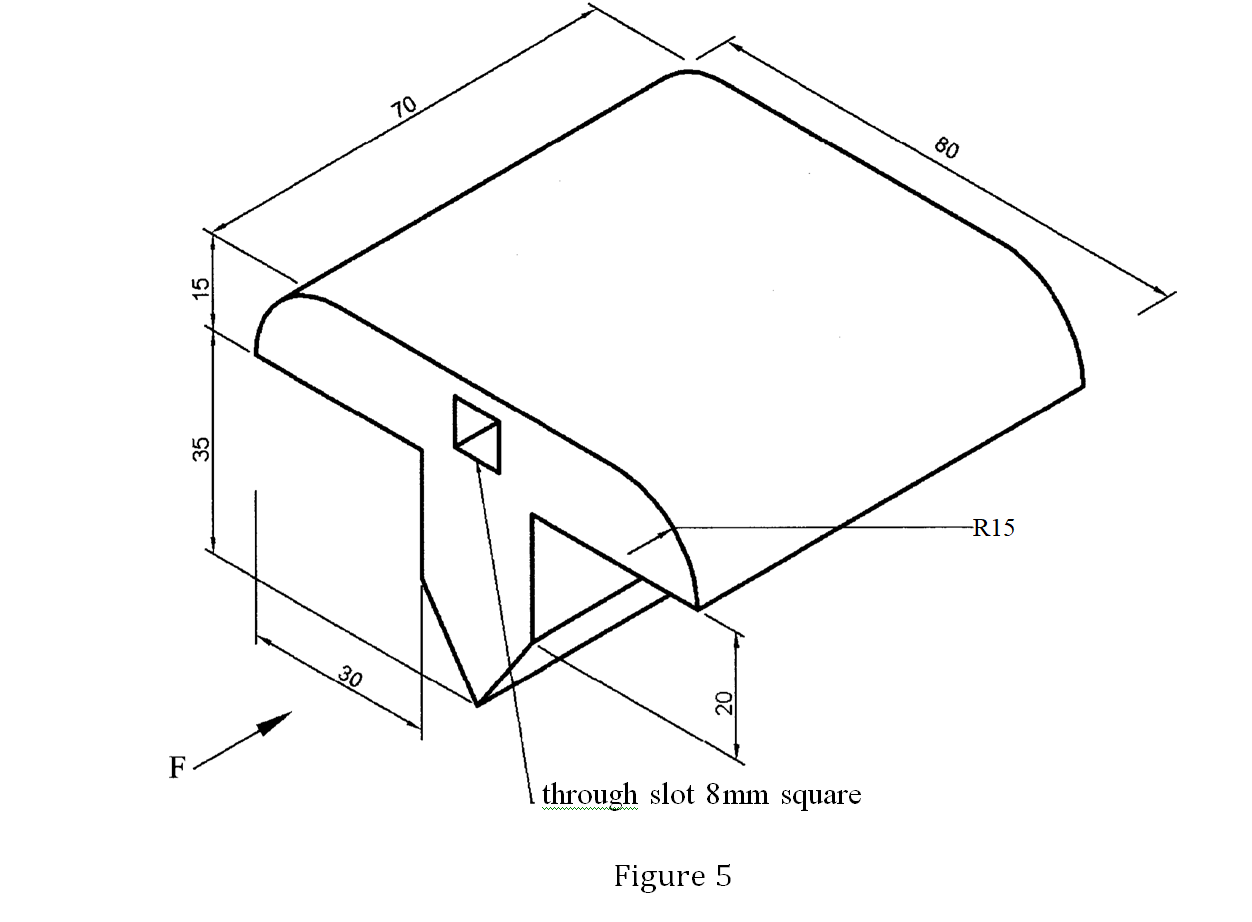
Figure 5
12 (a) Define an a.c. generator.
(b) Figure 6 shows the construction features of a simple a.c. generator.
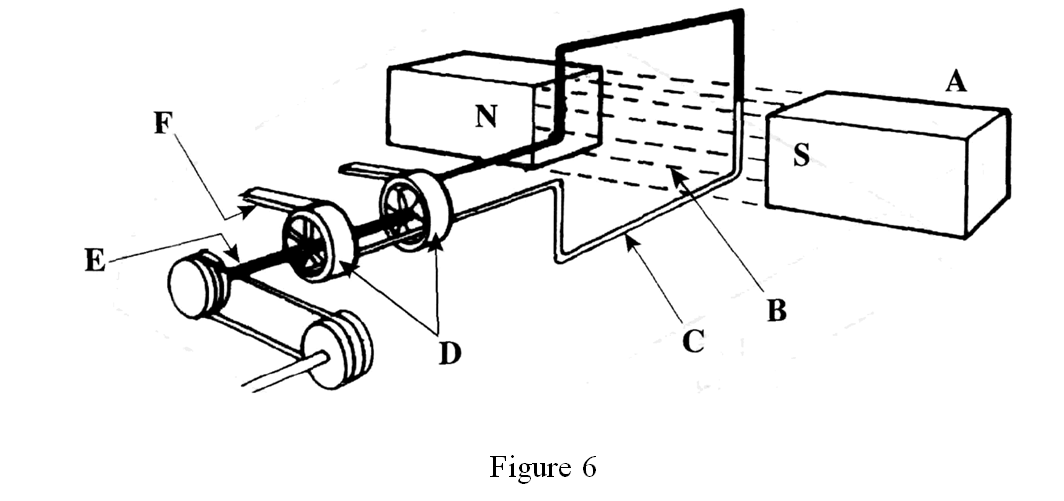
(i) Name the parts labelled A to F
A
B
c
D
E
F
(e) Figure 7 shows a moving coil instrument. Calculate the value of resistor Rp to enable it to read 0 — 100 V. (2 marks)
Figure 7
(d) Figure 8 shows a line diagram of equipment at the consumer intake point. Name the parts labelled A to F. (4 marks)
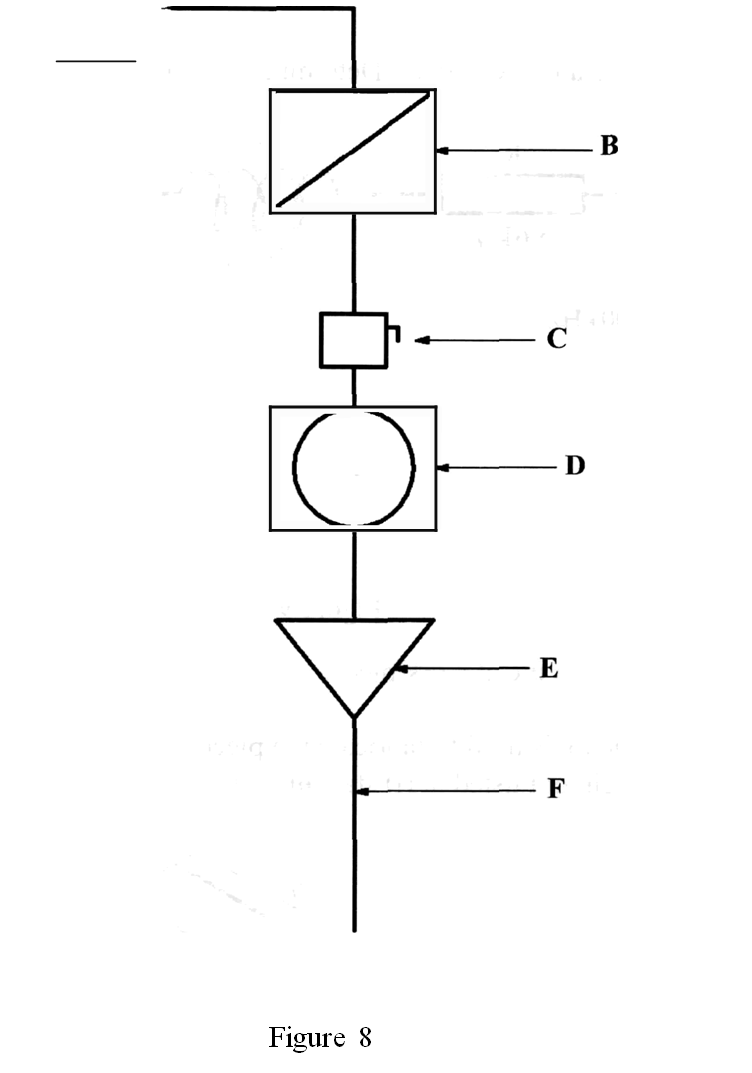
A
B
c
E
F
13 (a) Define the term magnet. (2 marks)
(b) List three properties of a magnet. (1/2 marks)
(c) Explain the theory of magnetism. (3 marks) (d) List three methods of demagnetisation. (1/2 marks)
(e) Draw and label a diagram of a core-type transformer. (5 marks)
14 (a) Sketch and label a schematic diagram of a transistor in Common Emitter Configuration.
(b) Given that and Show that the Emitter current is the sum of collector and base currents. (6 marks)
15 (a) Figure 9 shows an RLC circuit. Determine the total impedance. (7 marks)
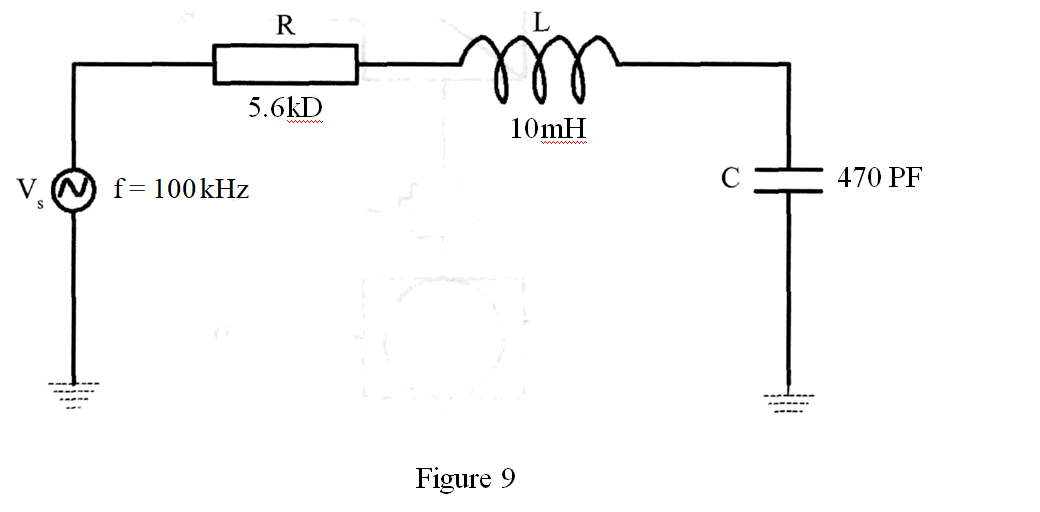
(b) Figure 10 shows a metal work piece.
(i) List the tools used to fabricate the piece.
(ii) For each tool listed in (i) state one function.

2017 KCSE Electricity Paper 1 Past Paper-Marking Scheme/Answers
1. (a) – Geothermal
Solar
Biomass
Wind power
Hydropower
Fuel
(b) Artisan — a skilled worker who practices a trade or handcraft.(1)
Technician — a specialist in the technical details of a subject or occupation. (1)
2. (a) Executive summary Company description
– Market Analysis
– Organization and Management Service or product line
– Marketing and sales
– Funding request Financial projections
(b) Install new electrical system (standardization).
– Maintain all electrical installation in and working order.
– Provide enough socket outlets for equipment in use.
– Avoid overloading socket outlets.
– Provide any accessible and clearly identified switch ratings.
– For portable equipment connect to nearby socket outlets.
3. (a) Never mix water and electricity.
– Pay attention to what appliances are telling you.
– Install ground fault circuit tests.
– Make sure you are using the right size circuit/breakers and fuses.
– Protect kids with outlet covers.
– Avoid cube taps,and other outlet stretching devices.
(b) (i) P.d. across = 500 x 0.02
– iov. (i)
P.d. across the junction is therefore (12 — 10) = 2V. (1)
(ii) Power dissipated in the junction. P — VI
= 0.02 x 2
— 0.04 W or(1)
— 40mW.
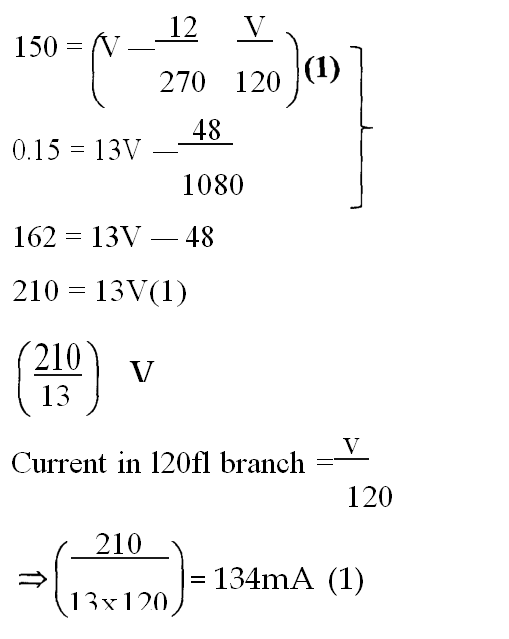
(b) e — waste is be defined as discarded computers, office electronic equipment entertainment devices, mobile phones, television sets, refrigerators. (1) It includes used electronic destined for re-use, resale, salvage, recycling or disposal
5. (a) AND gate (1) (b).

(i) 101010 into decimal (i) 252 4232221 20 101010 (1)
= 32 + 0 = 8 + 0 + 2 + 0
= 42 ten (1)

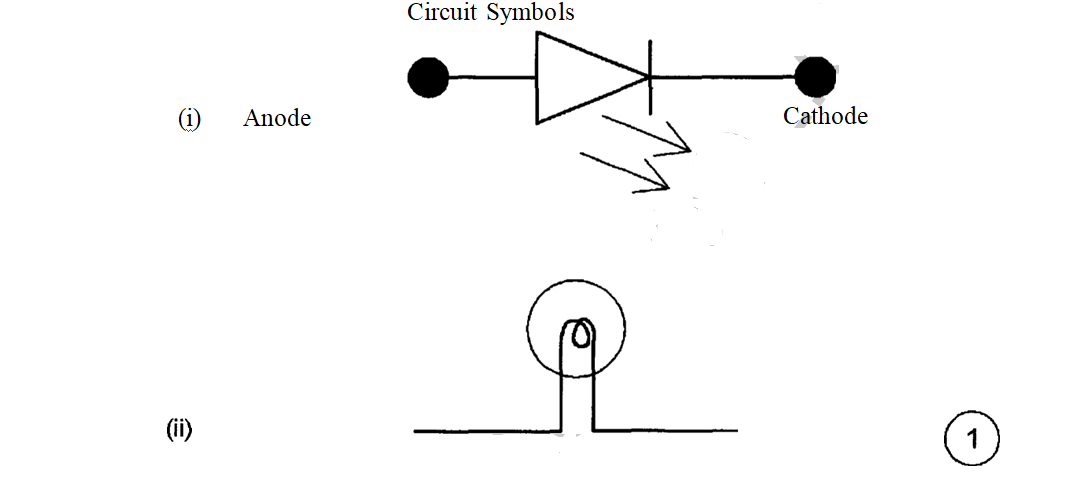
6. (a) (i) Copper — electrical conductors
(ii) Silicon — In semiconductor devices
(b) – Check fuse on the top plug.
– Check continuity of the supply cord.
– Check continuity of the coil in the iron box.
7. a)
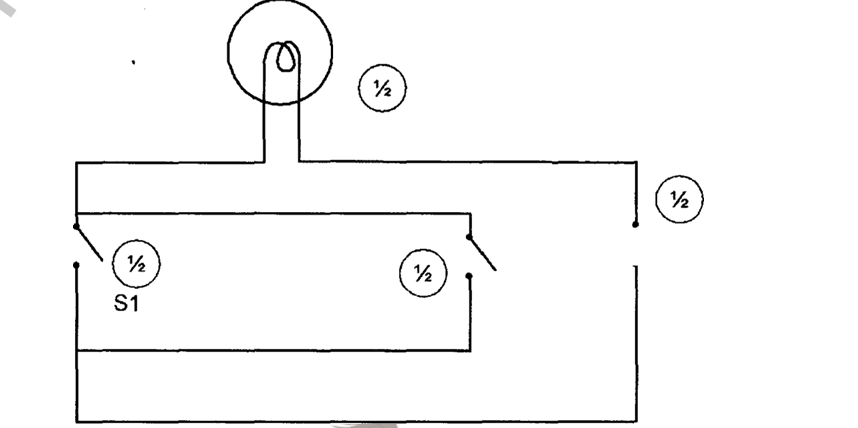
b) Brown Grey Red Gold
8. A — Pointer
B — Air damping chamber
C — Spring
D — Balance weight E — Coil
F — Moving iron
9. (a) Used in:Filters Sensors Transformers Motors Energy storage
(b) Inductance is the property of an electric conductor or circuit that causes an electromotive force to be generated (1) by a change in the current flowing.
(c)
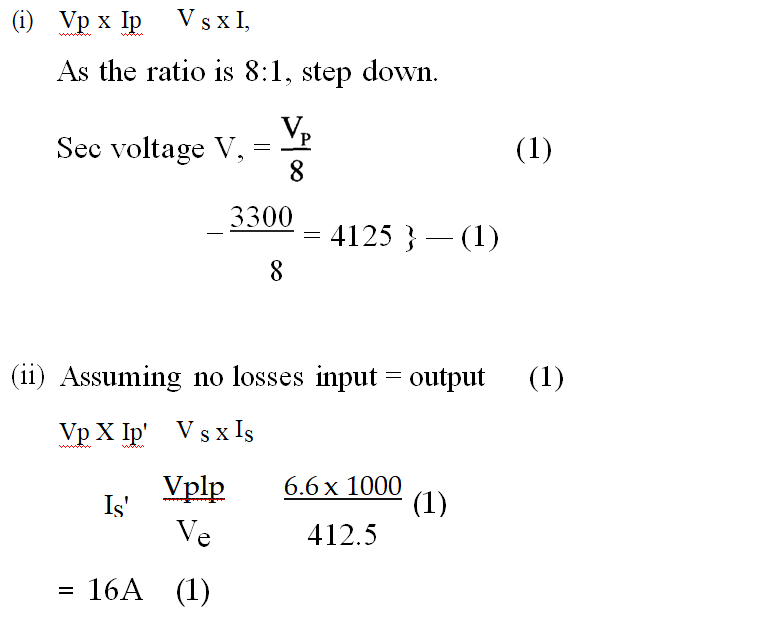
10.
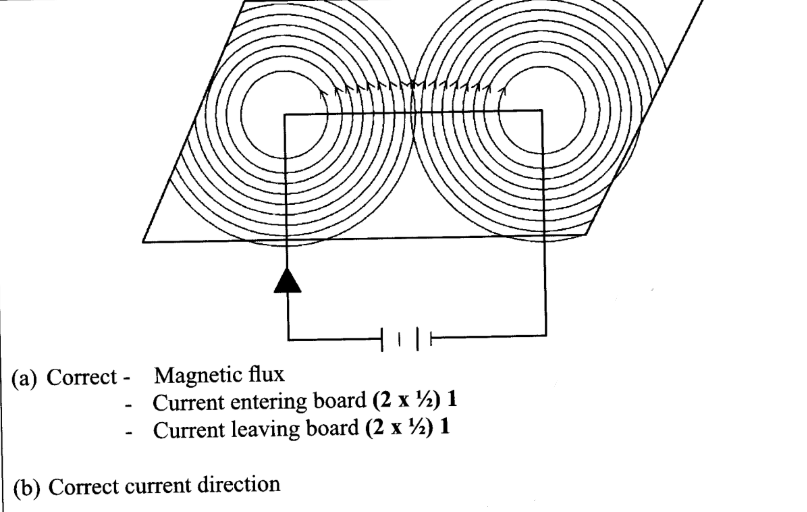
11.
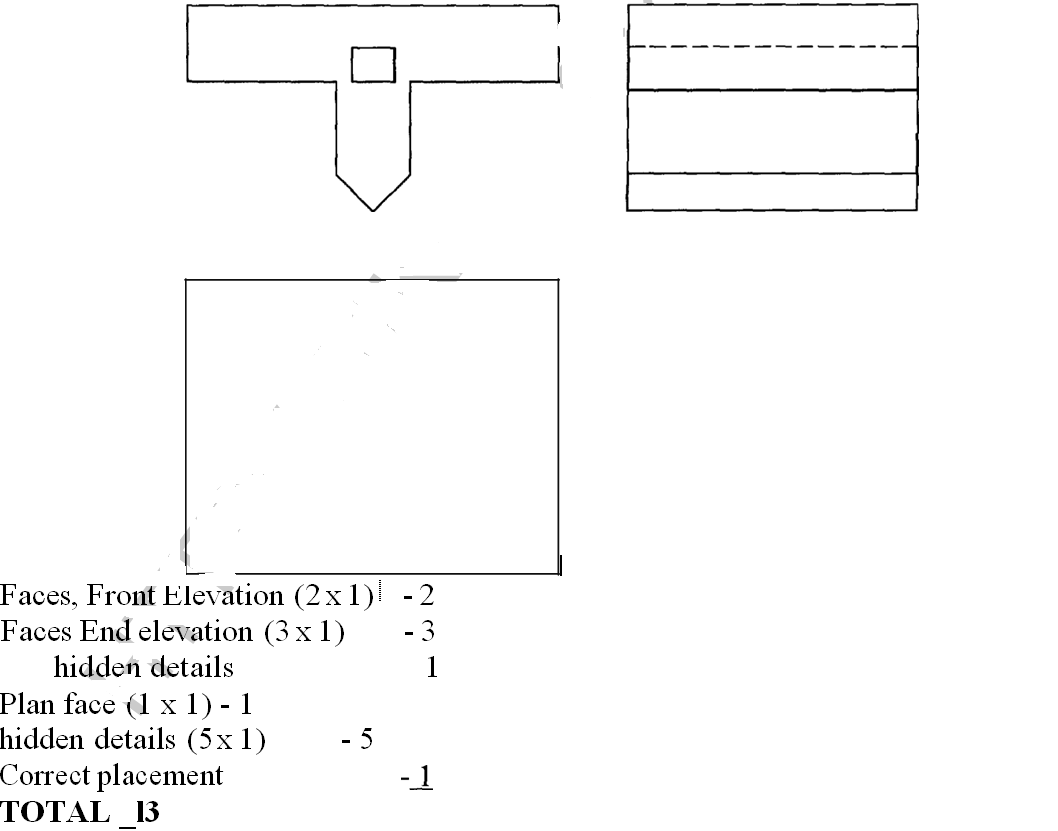
12. (a) An alternator
is an electrical machine which converts mechanical (1) energy into alternating electrical energy (1).
(b) (i) A — magnet
B — magnetic field
C — Coil (armature)
D — Slip rings
E — Shift
F — Brushes
(c)

(d) A — Final circuit
B — Consumer unit
C — Main switch
D — Energy meter
E — Cut out
F — Supply cable
13. (a) A magnet is any material that affects iron or material containing iron. (1)
(b) Properties of a magnet
All have 2 poles N and S.
Exert forces on each other.
Surrounded by a magnetic field.
(c) Theory of magnetism
– Whether a material is magnetic or not.
– In some materials groups of atoms are in tiny areas called domains.
– Arrangement of domains determine state.
– When domains move, the magnet is demagnetized or loses is magnetic properties.Dropping or hitting it hard. Putting it in a strong magnetic field opposite its own. Increasing the temperature.
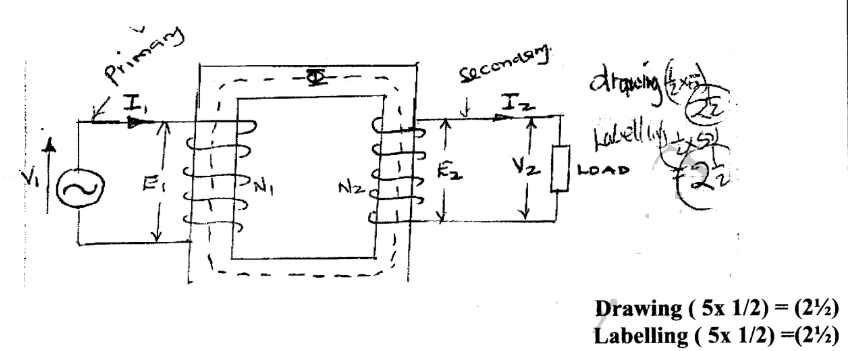
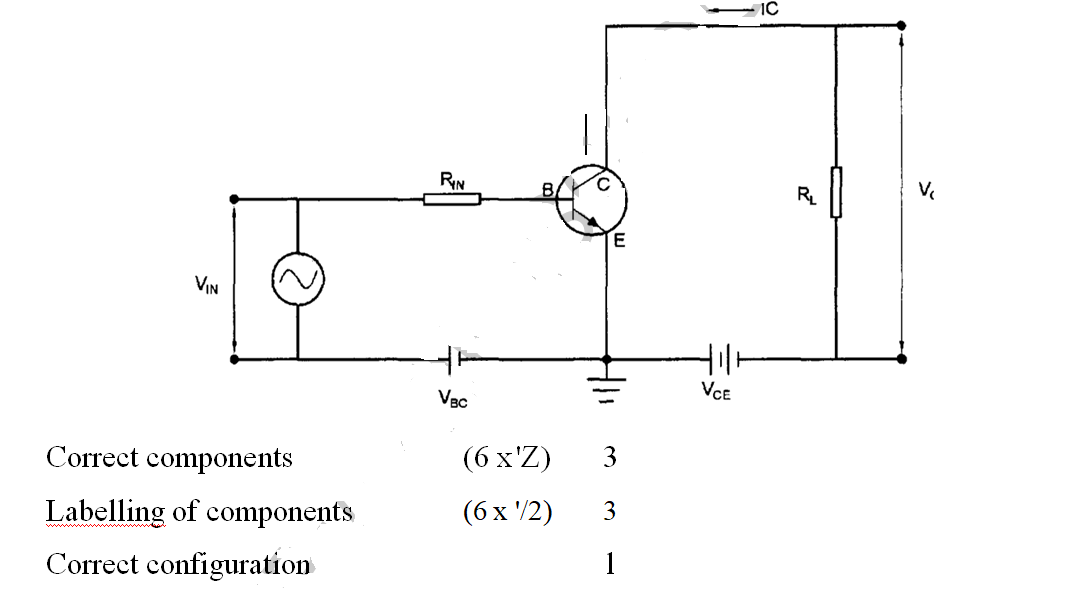
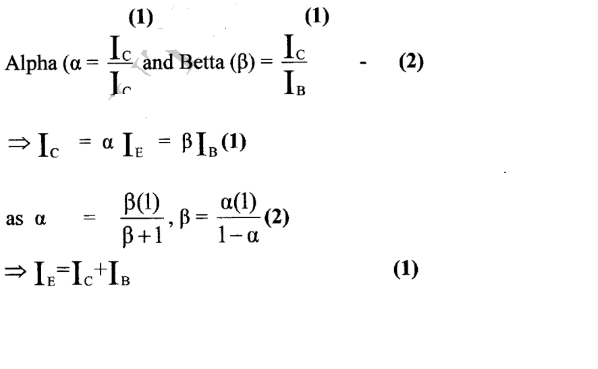
15.(a)
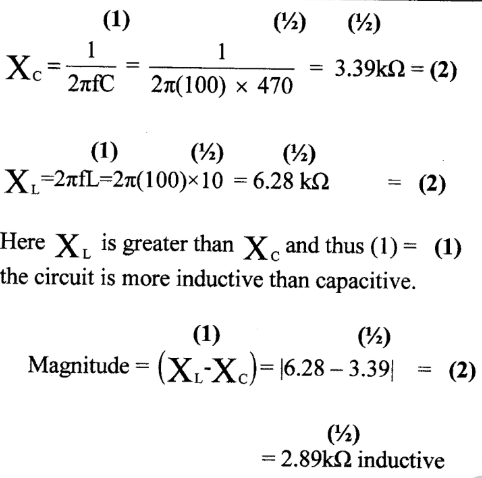
Tool and Use
Steel rule
measuring and marking
Scriber
marking
Engineers square
marking and checking for squareness
Centre punch
locating holes
Hacksaw
cutting metals
Twist chill
drilling
Files
deburring

